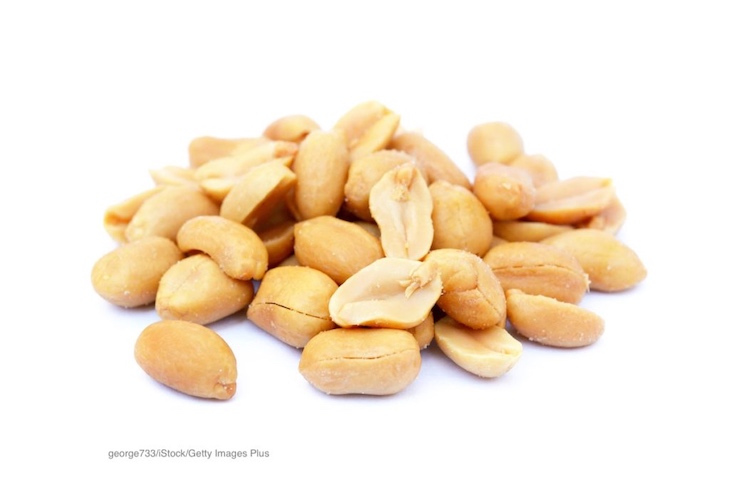The FDA has approved the use of a new drug called Palforzia to mitigate peanut allergic reactions in children. This is the first time a drug has been approved to treat this deadly type of food allergy, which can put a person into anaphylactic shock. The product is called Palforzia [Peanut (Arachis hypogaea) Allergen Powder-dnfp].

The treatment can be started in children ages 4 through 17 who have a confirmed diagnosis of. peanut allergy. Those who take Palforzia must still avoid peanut in their diets.
Dr. Peter Marks, director of the FDA’s Center for Biologics Evaluation and Research said in a statement, “Peanut allergy affects approximately 1 million children in the U.S. and only 1 out of 5 of these children will outgrow their allergy. Because there is no cure, allergic individuals must strictly avoid exposure to prevent severe and potentially life-threatening reactions. Even with strict avoidance, inadvertent exposures can and do occur. When used in conjunction with peanut avoidance, Palforzia provides an FDA-approved treatment option to help reduce the risk of these allergic reactions in children with peanut allergy.”
Peanut allergies can elicit the most serious and potentially life-threatening responses in the body. The body’s immune system mistakenly identifies even small amounts of peanuts as harmful and tries to reject it. And the allergic reactions are unpredictable, ranging from mild to life-threatening.
Some people can have very serious reactions, including anaphylaxis, from coming into contact with even trace amounts of peanuts. The symptoms of the reaction can develop within seconds, and can include hives, swelling, digestive discomfort, constriction of the the throat and airways, and loss of blood flow to vital organs of the body. Even with prompt treatment with antihistamines and epinephrine, severe reactions can be fatal.
Palforzia cannot be used for emergency treatment of allergic reactions, up to and including anaphylaxis. Some patients may experience allergic reactions to Palforzia and may need to discontinue treatment.
The treatment is in three phases: Initial Dose Escalation, Up-Dosing, and Maintenance. The Initial Dose Escalation phase is given on a single day. The Up-Dosing phase consists of 11 increasing dose levels and occurs over several months. The Initial Dose and the first dose of each Up-Dosing level are only administered by doctors in a healthcare setting to manage any potentially severe allergic reactions. After all Up-Dosing levels have been completed, the patient can begin the daily Maintenance dose.
The effectiveness of Palforzia is supported by a randomized, double-blind, placebo-controlled study that was conducted in the United States, Canada, and Europe by 500 peanut-allergic individuals. The participants were given a single 600 mg dose of peanut protein after they had completed 6 months of Maintenance treatment.
The results showed that 67.2% of study participants tolerated a 600 mg dose of peanut protein in the challenge, compared to 4.0% of those who received the placebo. The safety of Palforzia was assessed in two double-blind, placebo-controlled studies in about 700 peanut-allergic individuals.
The most commonly reported side effects of the drug were abdominal pain, vomiting, nausea, tingling in the mouth, itching (including in the mouth and ears), cough, runny nose, throat irritation and tightness, hives, wheezing and shortness of breath and anaphylaxis. The FDA statement notes that Palforzia should not be administered to those with uncontrolled asthma.
The FDA is requiring a Risk Evaluation and Mitigation Strategy (REMS) with this approval. The drug will only be available through specially certified healthcare providers, healthcare settings, and pharmacies to patients who are enrolled in the REMS program. And the healthcare providers who prescribe Palforzia and the healthcare settings are educated on the risks of anaphylaxis associated with its use. Parents and caregivers must also be counseled on the need for patients to have injectable epinephrine available for immediate use at all times, the need for continued avoidance of peanuts, and how to recognize the signs and symptoms of anaphylaxis.




